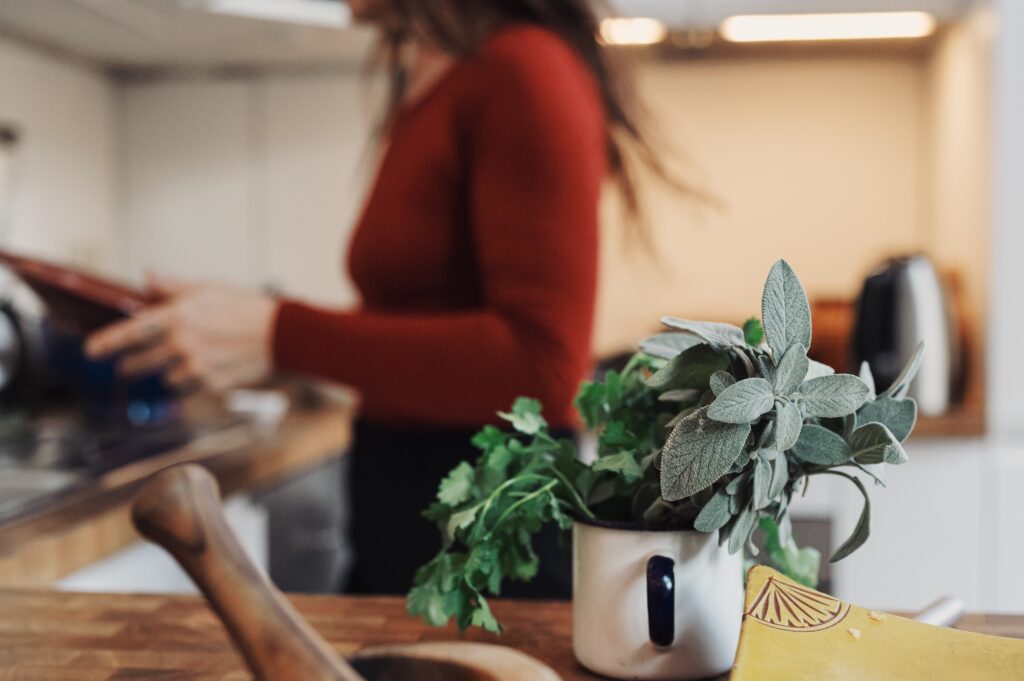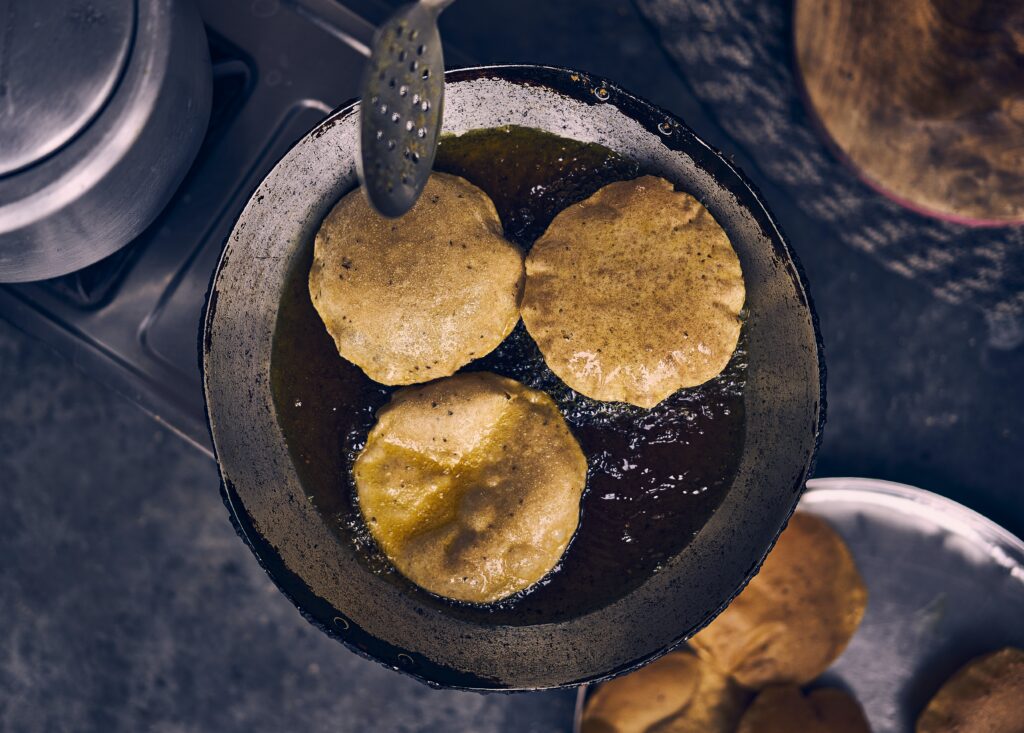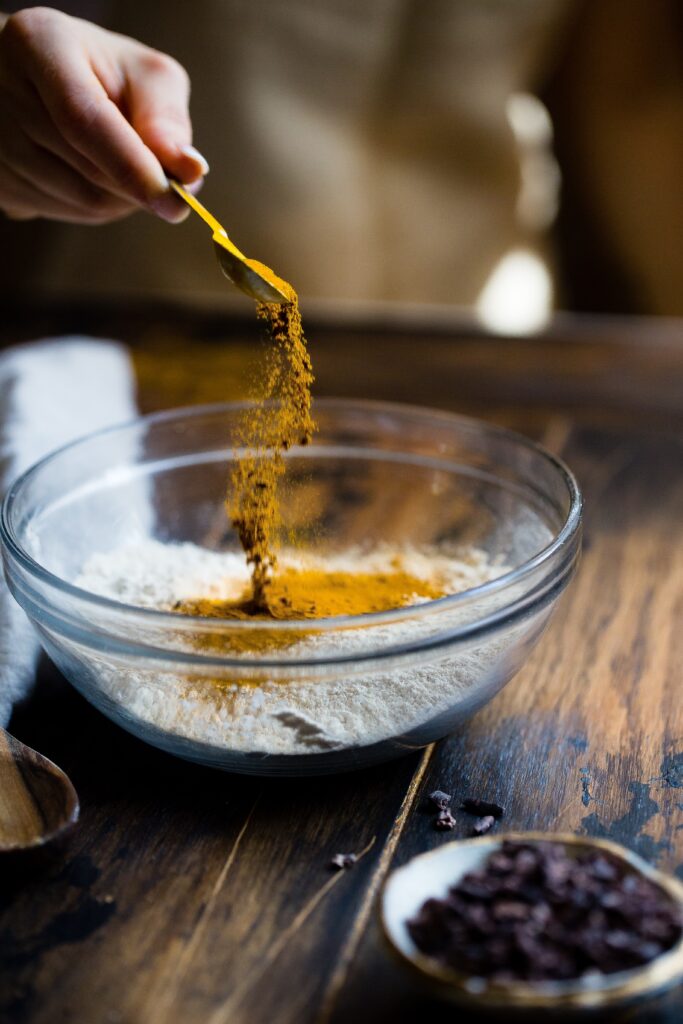Simmering: The Art of Slow Cooking is an exploration of a cooking technique that uses moderate heat to gently soften foods while combining flavors. This method involves cooking a liquid just below the boiling point, typically between 185°F and 205°F. Simmering is a slower and more gentle process than boiling, making it ideal for delicate foods and large cuts of meat. When simmering, the liquid should have minimal movement, with small bubbles rising intermittently. Whether to cook with the lid on or off depends on the recipe instructions, and it is crucial to adjust the temperature to maintain a simmer and to stir as necessary. Simmering is commonly employed in the preparation of soups, stews, sauces, and braised meats, resulting in dishes that are tender and bursting with flavor.
Simmering: The Art of Slow Cooking
Simmering is an essential cooking technique that involves gently cooking foods over moderate heat for an extended period. This method not only allows flavors to meld but also helps to tenderize tough cuts of meat and soften ingredients. In this comprehensive article, we will delve into the definition of simmering, explore the differences between simmering and boiling, discuss the factors to consider when simmering, delve into the benefits of this cooking technique, and provide insights into various simmering techniques and common uses for simmering.

Definition of Simmering
Simmering is a culinary technique that uses moderate heat to gently soften foods while combining flavors. Unlike boiling, simmering refers to cooking a liquid just below the boiling point, typically between 185°F and 205°F. It is characterized by a slow and gentle process, allowing ingredients to cook slowly without causing excessive agitation in the liquid.
Simmering vs Boiling
Simmering and boiling are both popular cooking methods, but they differ significantly in terms of temperature and the effect they have on ingredients. Boiling occurs when a liquid reaches its boiling point, usually around 212°F at sea level. The rapid movement of large bubbles characterizes boiling, making it ideal for cooking ingredients quickly. On the other hand, simmering requires maintaining a temperature just below the boiling point, at around 185°F to 205°F. This slower and more gentle approach is perfect for delicate foods, such as seafood or eggs, and large cuts of meat that require tenderizing.

Factors to Consider
Several factors should be considered when simmering to ensure the best results. Firstly, the choice of cookware is crucial. Opt for a heavy-bottomed pot, such as stainless steel or cast iron, to ensure even heat distribution and prevent scorching. Additionally, the size and shape of the pot should be appropriate for the amount of food being cooked, allowing space for ingredients to cook evenly.
Secondly, it is important to select the right heat source for simmering. Gas stovetops provide precise control over the heat, making them ideal for simmering. Electric stoves may take longer to adjust temperatures, so extra care should be taken to prevent overheating or boiling.
Lastly, ingredients play a vital role in simmering. Dense ingredients, such as root vegetables or tough cuts of meat, require a longer simmering time to become tender. On the other hand, delicate items, like seafood or leafy greens, may only need a brief simmer to avoid overcooking.
Benefits of Simmering
Simmering offers several benefits that contribute to the creation of flavorful and tender dishes. Firstly, the slow and gentle cooking process allows flavors to meld together, resulting in rich and complex tastes in soups, stews, and sauces. The extended cooking time also helps to tenderize tough cuts of meat, breaking down the connective tissue and resulting in moist and succulent dishes.
Furthermore, simmering allows for the retention of nutrients in foods. The slow and controlled cooking prevents excessive loss of vitamins and minerals, providing a healthier option for those conscious of their dietary intake. Simmering is also an effective method for extracting flavors from ingredients, such as herbs and spices, enhancing the overall taste of the dish.

Simmering Techniques
Simmering can be achieved in two main ways: with the lid on or off. Each method has its advantages and is best suited for specific recipes.
Simmering with the Lid On
Simmering with the lid on is ideal for retaining moisture and preventing excessive evaporation. This technique helps to maintain a consistent level of liquid in the pot, ensuring that the ingredients are submerged and cook evenly. It is commonly used for dishes that require longer cooking times, such as stews or braised meats.
When simmering with the lid on, it is essential to monitor the heat carefully to prevent boiling. If the heat is too high, the liquid may reach a rolling boil, resulting in tougher meat and overly cooked ingredients. Adjust the heat as necessary to maintain a gentle simmer, indicated by small bubbles rising intermittently on the surface.
Simmering with the Lid Off
Simmering with the lid off is suitable for recipes that require the reduction of liquid or the concentration of flavors. By leaving the lid off, excess moisture can evaporate, resulting in a thicker and more concentrated dish. This method is often used for sauces, gravies, or reductions, where the desired end result is a thicker consistency or intensified taste.
However, simmering with the lid off requires closer monitoring, as there is a higher risk of the liquid drying out or ingredients becoming overcooked. Frequent stirring and adjusting the heat are necessary to prevent burning or sticking to the bottom of the pot.
Maintaining a Simmer
Maintaining a simmer requires careful attention to the heat source and temperature control. Once the desired temperature range of 185°F to 205°F is reached, it is important to adjust the heat accordingly. Gas stovetops provide an advantage in this aspect, as the flame can be adjusted quickly to achieve the desired simmer. Electric stoves may require more time to decrease or increase the heat, so it is crucial to anticipate these changes in temperature.
It is also important to note that pots with thin bottoms may lose heat quickly, while pots with thick bottoms may retain heat for longer periods. Adjustments to the heat source should be made accordingly to maintain a consistent simmer.
Stirring During Simmering
Stirring during simmering is an essential practice to ensure even cooking and prevent ingredients from sticking to the bottom of the pot. Regular stirring also helps distribute flavors evenly throughout the dish. However, it is important to strike a balance, as excessive stirring can disrupt the gentle cooking process and cause ingredients to break apart or become mushy.
The frequency and duration of stirring will vary depending on the recipe and the ingredients being cooked. Typically, stirring every 10 to 15 minutes is sufficient to keep ingredients from sticking and help meld flavors together. However, certain recipes may require more frequent stirring or specific directions regarding stirring intervals.
Common Uses for Simmering
Simmering is a versatile cooking technique used in a myriad of recipes across various cuisines. Some common uses for simmering include soups, stews, sauces, and braised meats. These dishes benefit greatly from the slow and gentle cooking process, as it allows ingredients to meld together and develop rich flavors.
Soups and stews, such as chicken noodle soup or beef stew, often require simmering to extract flavor from bones, vegetables, and other ingredients. Simmering also plays a vital role in developing thick and velvety sauces, such as béchamel or marinara, by allowing flavors to concentrate over time. Additionally, tough cuts of meat, like pot roast or braised short ribs, benefit from simmering to become tender and flavorful.
In conclusion, simmering is an artful and essential cooking technique that harnesses the power of slow and gentle heat to create flavorful and tender dishes. By understanding the definition of simmering, the factors to consider, and the various simmering techniques, home cooks can elevate their culinary creations to new heights. Whether it’s a hearty stew or a delicate seafood bisque, simmering unlocks the full potential of ingredients, resulting in memorable and satisfying meals.
